For the dreamers among us, there are few things better than being transported to another land via the page. And what better image to get lost in than the fiery passion of Andalusia or the palpable pride and mystery of the Basque Country?
If you’re looking for a way to escape to Spain, start with literature. Here are some of our favorite books about Spain to get you started. Read them after work, between classes, on your lunch break…or simply whenever you can!

Some of the world’s greatest literary minds have been flocking to the Iberian Peninsula for centuries, among them Ernest Hemingway, George Orwell, and Washington Irving. And that’s not to mention the scores of Spanish-born writers who have memorialized their homeland by way of the written word. (The names Miguel de Cervantes and Federico García Lorca may ring a bell).
Whether they called Spain home for life or simply passed through, many writers have been deeply influenced by their time here. After devouring any of these great books about Spain, you’ll start to understand the intricacies of this complicated culture from afar. (And you won’t be able to resist planning a trip!)
1. The Hand of Fatima – Ildefonso Falcones
This epic work of historical fiction will fill your head with images of fabled Granada. It thrills readers with tales of religious struggle, forbidden love and the development of the southern Spain we know today.
Falcones has become the king of Spanish historical fiction in recent decades. He never fails to find the perfect balance between historical details and enchanting tales.
The Hand of Fatima tells the story of Hernando, a Moor in Christian Granada seeking to quiet the bloody conflict between Christianity and Islam. He faces incredible cultural, romantic and moral obstacles that make for a haunting and revealing read. Wandering the alleyways of Granada has a whole new significance after taking in the story Falcones weaves.

2. Ghosts of Spain – Giles Tremlett
A non-fiction novel written in the first person, Tremlett’s Ghosts of Spain offers a journey through Spain’s hidden past. It’s complete with personal anecdotes and true accounts of the darker aspects of the past century.
A journalistic history of the country from the Civil War to the present day, this book is never tedious. It’s always moving between personal testimony and historical fact.
Tremlett touches on the truth of flamenco, tourism, Franco, Basque nationalism and Catalan separatism. Along the way, he describes the significance of each theme for both Spaniards and visitors.
Ghosts of Spain covers everything from the curious transformation of the Costa del Sol to the transition between the dictatorship to democracy. You will understand the country just that much better for reading it. This work lets readers into the little-spoken about side of Spanish history, and should not be missed if you’re looking to experience and understand this enigmatic nation.

3. The Sun Also Rises – Ernest Hemingway
The Sun Also Rises takes place half in Paris and half in Spain. Along the way it exposes the perspective of an expatriate in Europe of an age long passed.
Hemingway tells a semi-autobiographical tale of a journey from Paris to San Sebastian to Pamplona and finally Madrid. He explains in his own unique way how the passion, violence and beauty of bullfighting captured his heart, and how the country itself captured that of his lover.
This classic novel is not only entertaining, but it also provides a look into the controversial sport of bullfighting, exploring the heroism and authenticity of Spanish culture.
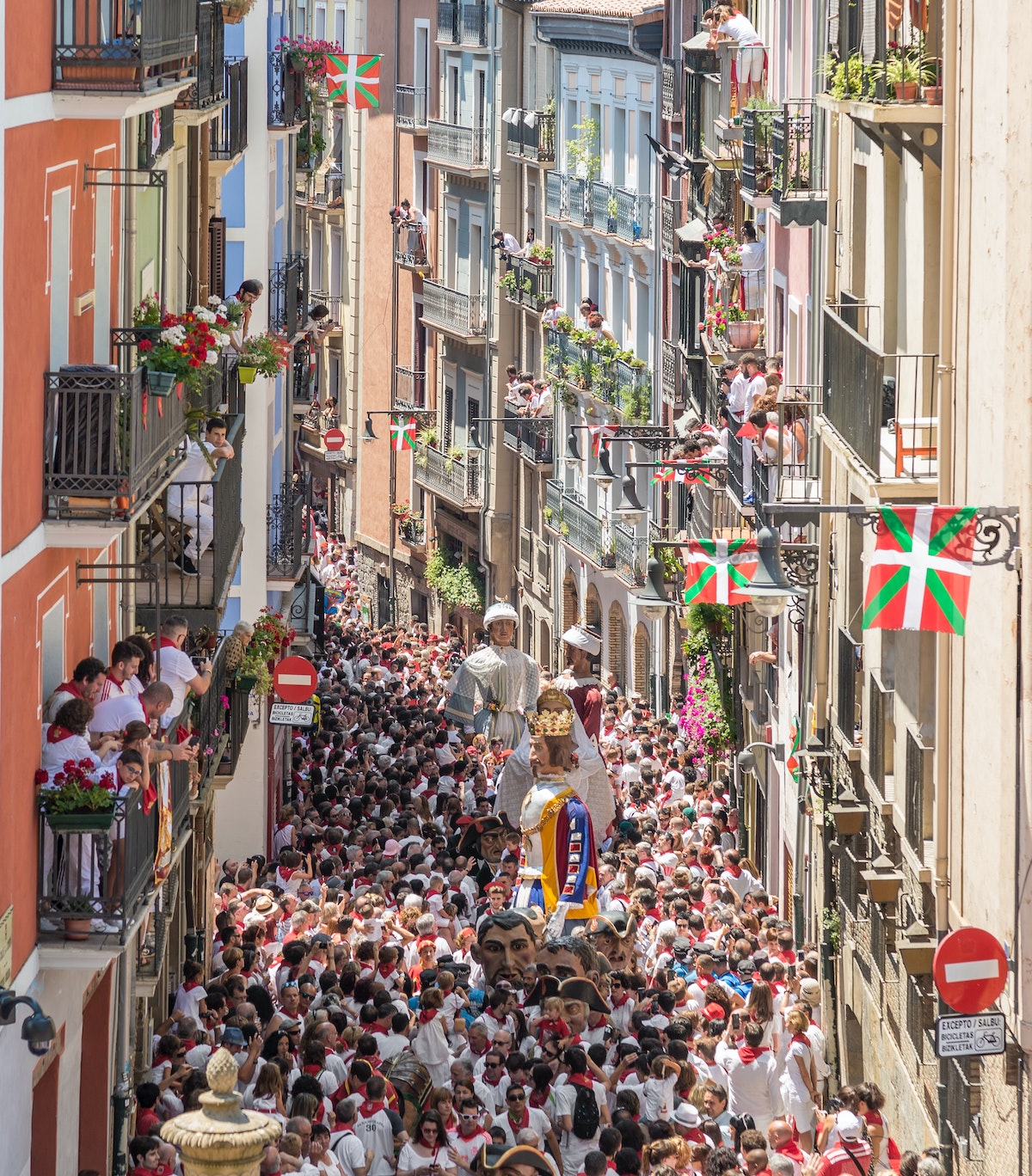
4. Carmen – Prosper Merimée
One of the most famous images of Spain is that of the flamenco-dancing Romani. And Merimée’s Carmen may just be responsible for that.
The author of this short story (the basis of the famous opera) became enraptured by Romani culture when traveling through southern Spain in the 19th century. He succeeded in painting a picture of what he saw using both realities and a strong imagination.
Carmen tells the story of an honorable Christian from northern Spain who falls in love with a beautiful and cunning Romani woman from Seville. He gives up everything he knows to join her in her adventures around the south.
This short, easy read is chock-full of cultural truths and folklore. It comes with a heavy dose of romanticism that will keep you dreaming of Andalusia long after you’ve finished.
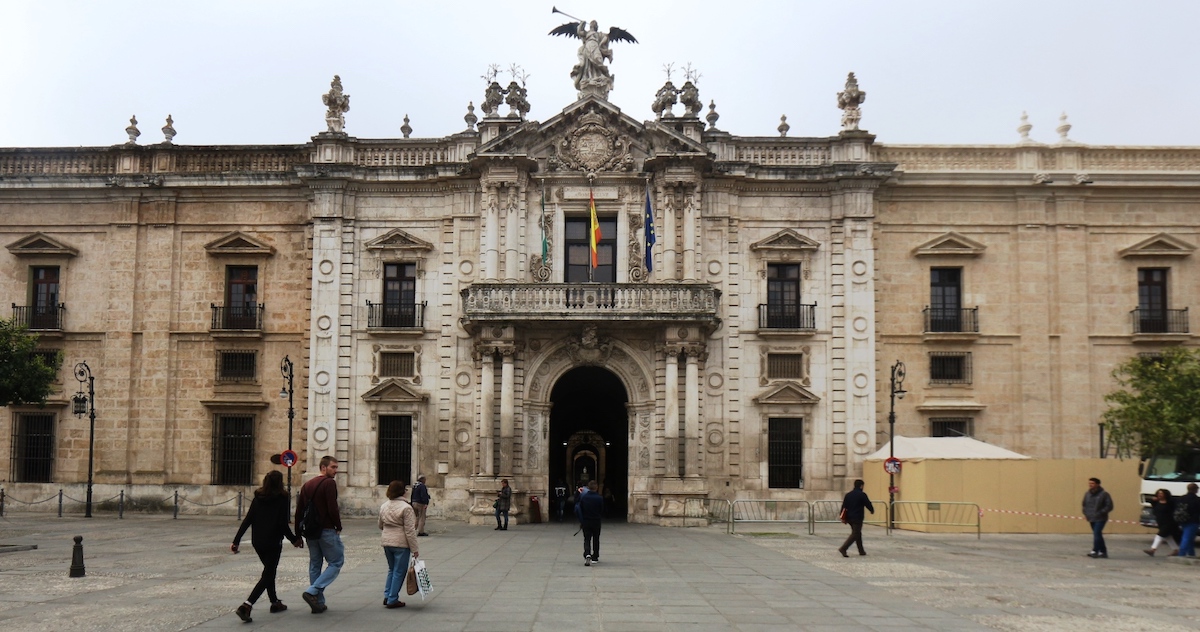
4. Romancero Gitano – Federico García Lorca
For poetry lovers and Spain aficionados, Lorca’s work can not be missed. Romancero Gitano is his most famous book of poetry. It’s dedicated to the Andalusian countryside, flamenco and Romani culture and history of Spain that so enchanted him.
Each line of each poem is filled with metaphors that pull the reader in and demand that you get lost in the words and images. You see something different in Lorca’s poetry each time you read it, and Romancero Gitano in particular is a book about Spain that you will never tire of reading and re-reading.
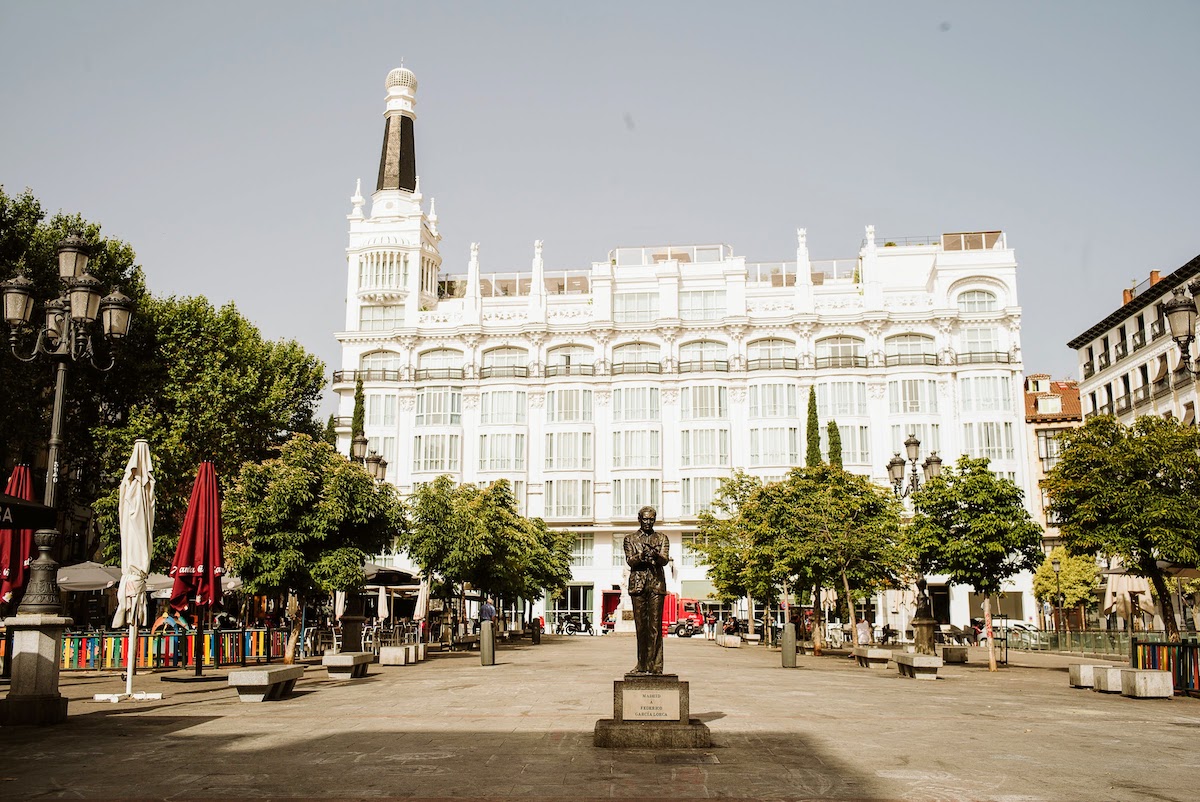
5. The Winterlings – Cristina Sánchez Andrade
With a poetic prose that brings to mind the voice of Virginia Woolf, this book sweeps you into the life of a Galician town that seems to exist out of time. The Winterlings gives a visceral portrayal of the Spanish Civil War’s devastation.
The story centers on two sisters who return to their grandfather’s home in a Galician village after many years away. On the surface, it appears nothing has changed—but the sisters’ homecoming soon begins to stir up drama and repressed memories in the sleepy town.
With a touch of magical realism, The Winterlings is a hauntingly beautiful story about past, present, and a tangled web of family secrets that could lead to the downfall of everything.
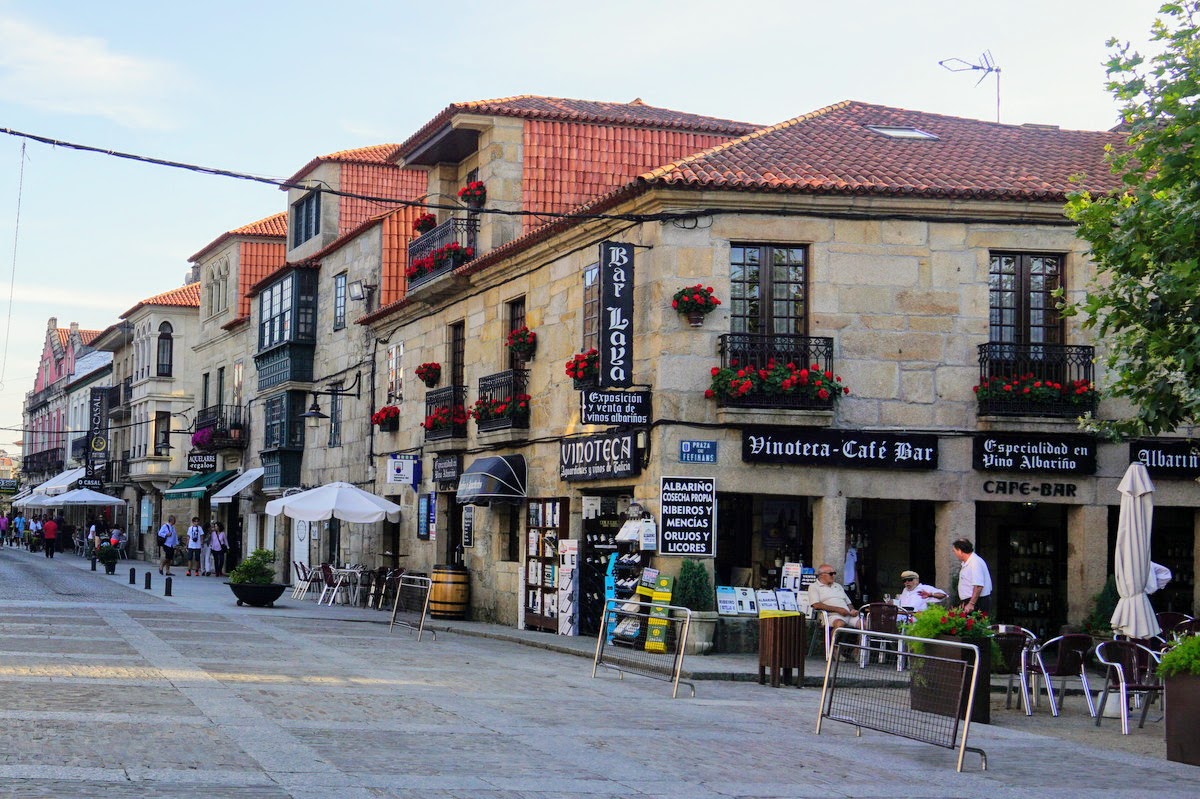
6. Madrid: The History – Jules Stewart
A book that portrays the city similarly to Ghosts of Spain, moving between historical fact and personal intrigue, Madrid: The History is one of a kind. This dramatic read seeks to demystify the city, from its tumultuous past to its lively and passionate present.
More importantly for the Madrid-bound traveler, it comes with with a wonderful 48-page day and night guide to the city. Madrid is, after all, the city that never sleeps!
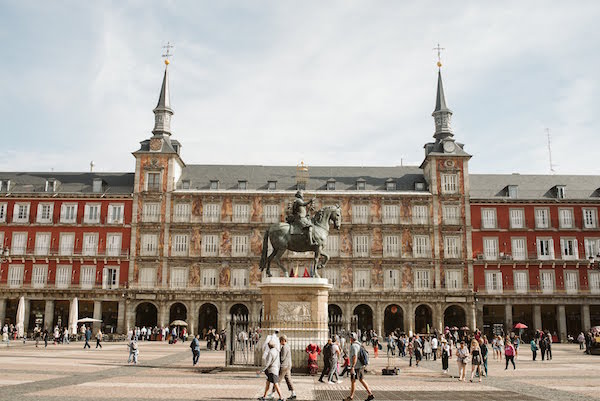
7. Madrid Ne Dort Pas – Grégoire Polet
That’s right—some of the best books about Spain aren’t in English, or even Spanish! If you can read French, you won’t want to miss the aptly titled Madrid Ne Dort Pas.
This is a contemporary French take on Spanish Nobel Prize winner Camilo José Cela’s novel La Colmena (also an excellent contender for this list!). Over the course of 24 hours, we meet diverse characters traversing the city that, as Polet says, ne dort pas—never sleeps.
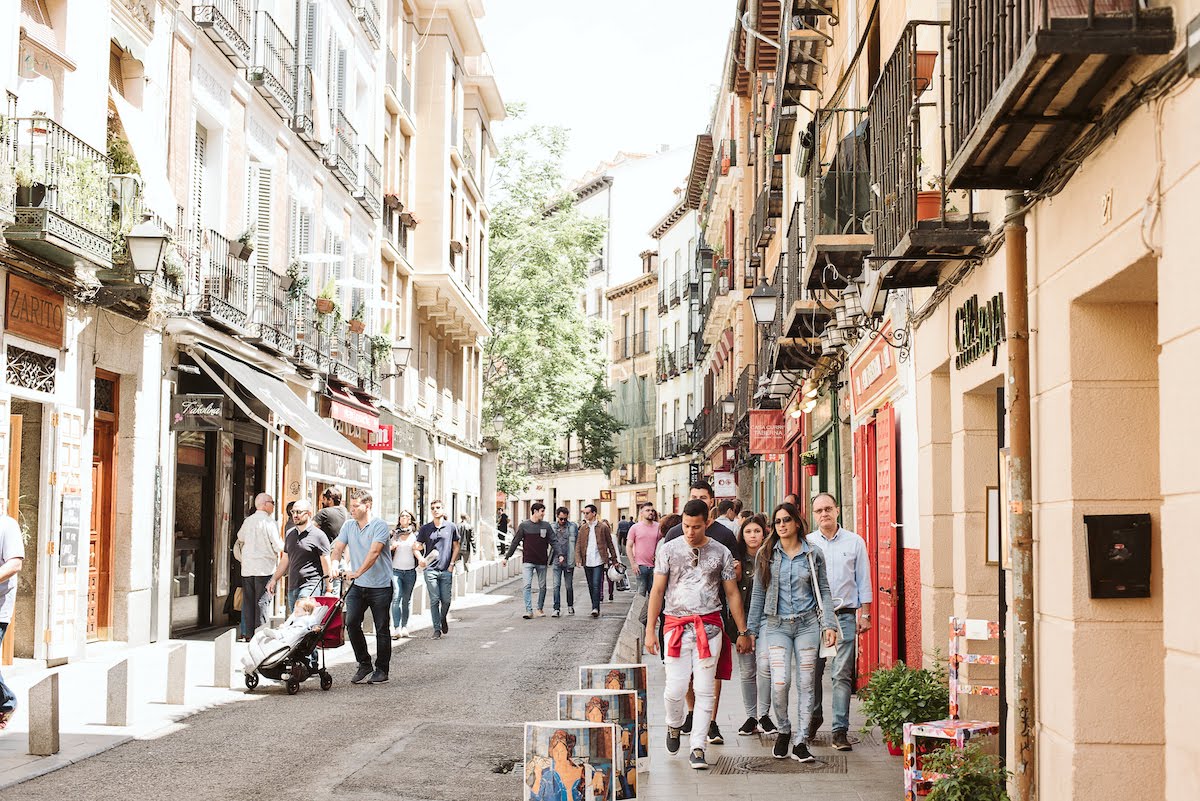
8. Spanish Literature: A Very Short Introduction – Jo Labanyi
Those with more academic inclinations will want to pick up Labanyi’s book as soon as possible. In a mere 124 pages, you will find an understanding of the classics as they reached anglophone readers.
Labanyi vividly portrays Islamic writing’s deep influence on Spanish literary culture and closely analyzes women writers and gender roles. It’s a fascinating and wonderful read all around.
9. Don Quixote – Miguel de Cervantes
If you read no other book set in Spain, this classic makes an excellent option.
Originally published in two parts in 1605 and 1615, Don Quixote (spelled Quijote in modern Spanish) is considered the first novel of the modern age. The story tells the tale of a La Mancha nobleman named Alonso Quixano who embarks on a quest to become a knight under the alias Don Quixote, accompanied by his faithful squire Sancho Panza.
A mainstay of Spanish literature for over 400 years, Don Quixote is at once comedic, tragic, and introspective. It has left countless marks on modern speech and culture, such as the expression “tilting at windmills” (a reference to when the titular character, having gone mad, thinks that the famous windmills of La Mancha are monsters and attacks them). Speaking of which, a day trip from Madrid to Consuegra to see said windmills is the perfect addition to any literature lover’s Spanish itinerary!
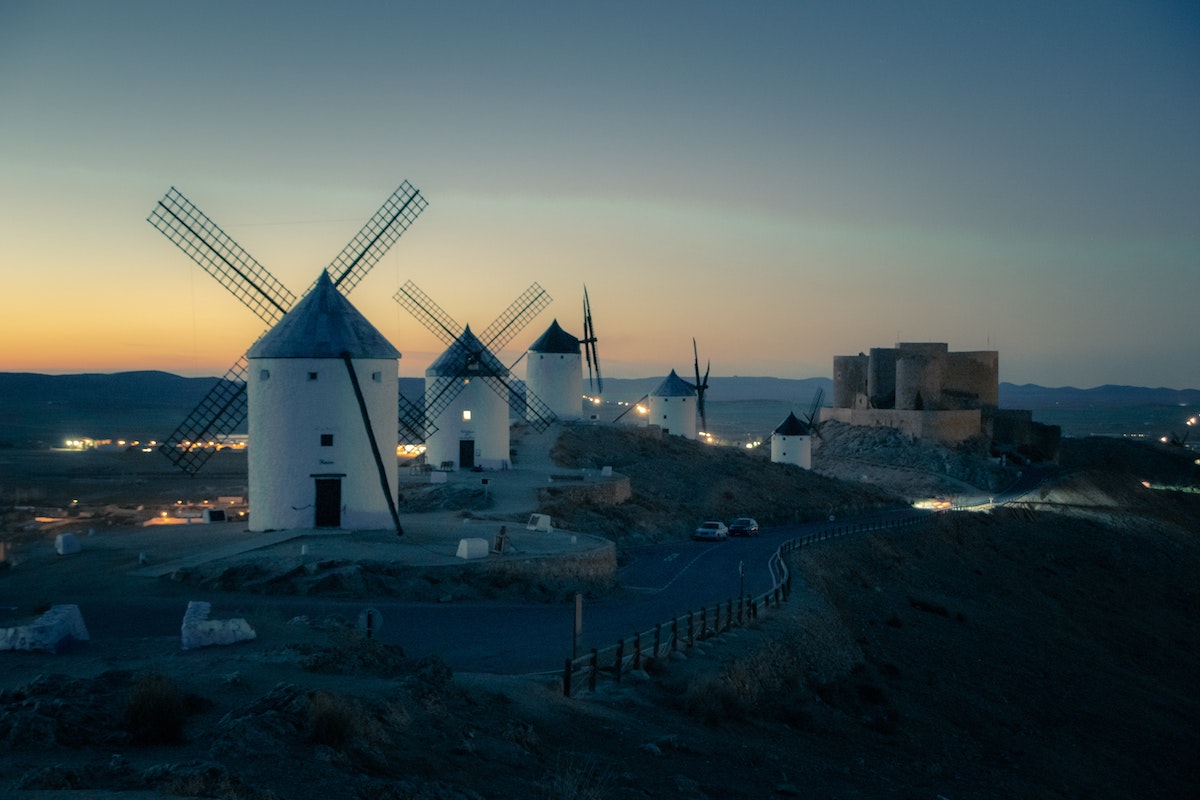
Books About Spain FAQs
The most famous book to come out of Spain is easily Don Quixote by Miguel de Cervantes—indeed one of the most famous novels of all time. It has been translated into nearly 150 languages and has influenced countless later classics such as The Three Musketeers and The Adventures of Huckleberry Finn.
It’s not always easy to find books in different languages in Spain (with the exception being books in Basque, Catalan, or Gallego in the Basque Country, Catalonia, or Galicia respectively). However, some bookstores in larger cities, such as Desperate Literature in Madrid, do stock many English-language titles.
Update Notice: This post was originally published on December 9, 2013 and was updated with new text and photos on July 14, 2021.
Thanks a lot for writing this. I’m going to check some of those out. I wrote a response on my blog with some of my favorite books about Spain: http://expatmadrid.com/2014/07/04/books-to-read-about-spain-and-madrid/